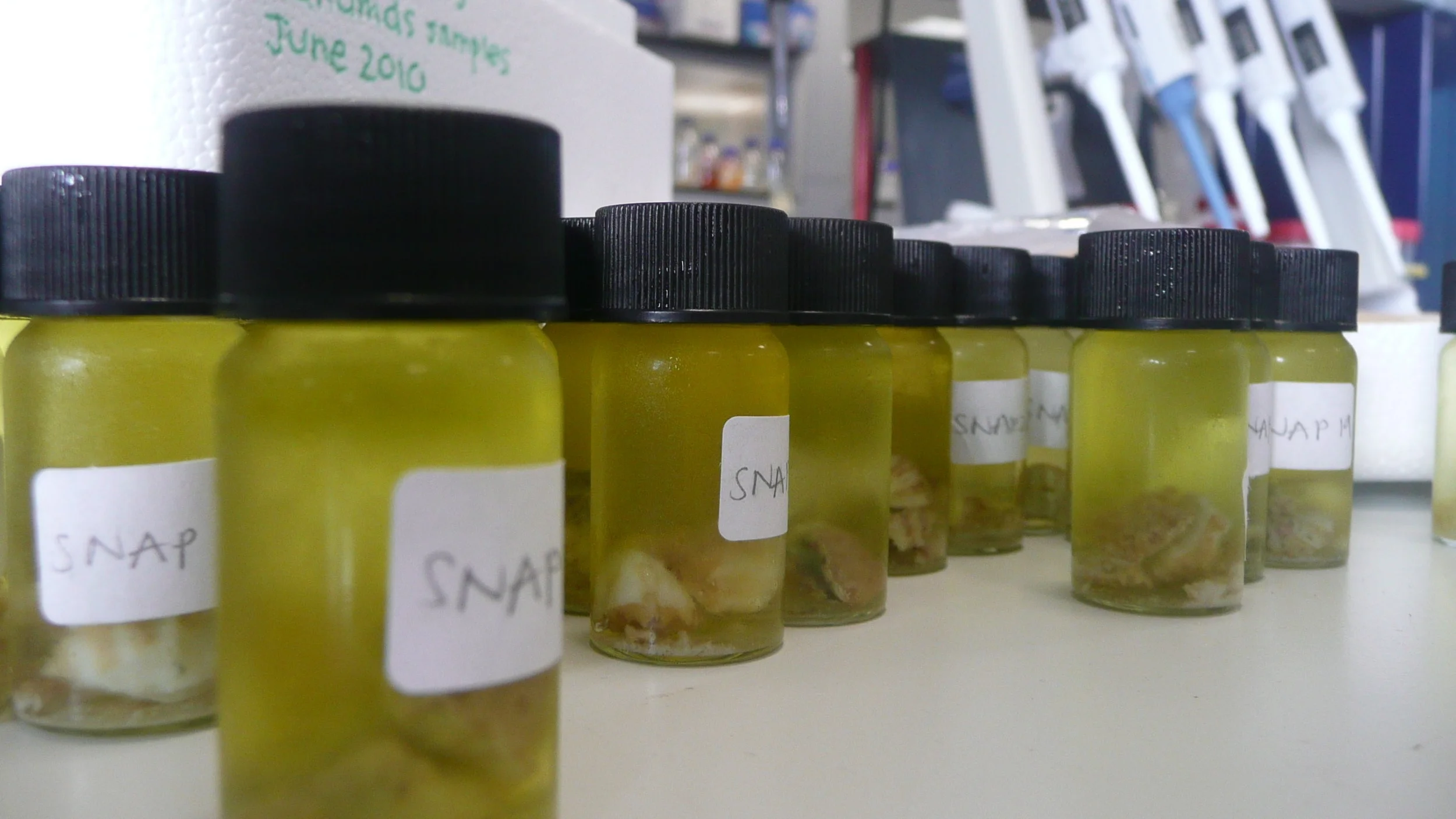The physiological performance of a reef-building coral is a combined outcome of both the coral host and its algal endosymbionts, Symbiodinium. While Orbicella annularis—a dominant reef-building coral in the Wider Caribbean—is known to be a flexible host in terms of the diversity of Symbiodinium types it can associate with, it is uncertain how this diversity varies across the Caribbean, and whether spatial variability in the symbiont community is related to either O. annularis genotype or environment. Here, we target the Symbiodinium-ITS2 gene to characterize and map dominant Symbiodinium hosted by O. annularis at an unprecedented spatial scale. We reveal northwest–southeast partitioning across the Caribbean, both in terms of the dominant symbiont taxa hosted and in assemblage diversity. Multivariate regression analyses incorporating a suite of environmental and genetic factors reveal that observed spatial patterns are predominantly explained by chronic thermal stress (summer temperatures) and are unrelated to host genotype. Furthermore, we were able to associate the presence of specific Symbiodinium types with local environmental drivers (for example, Symbiodinium C7 with areas experiencing cooler summers, B1j with nutrient loading and B17 with turbidity), associations that have not previously been described.
Map of the Caribbean and Bahamas showing Symbiodinium B types (blue colours), C (yellow) and D (black) types, and combinations (stripes) hosted by Orbicella annularis populations on 33 different coral reefs. Only dominant types (or combinations of types) are represented. Pie chart size reflects colony sample size (minimum 11, maximum 24, total 632), numbers in parenthesis indicate proportion of total colonies that each type was dominant in. More blue (clade B) is apparent in the northwest and Bahamas, with more mixed assemblages dominated by clade C (yellow) in the southeast and Lesser Antilles. Inset: pie chart representing clade types found hosted by O. annularis for the entire Wider Caribbean area.
Kennedy EV, Tonk L, Foster NL, Chollett I, Ortiz JC, Dove S, Hoegh-Guldberg O, Mumby PJ, Stevens JR. 2016. Symbiodinium biogeography tracks environmental patterns rather than host genetics in a key Caribbean reef-builder Orbicella annularis. Proceedings of the Royal Society B 283: 20161938

